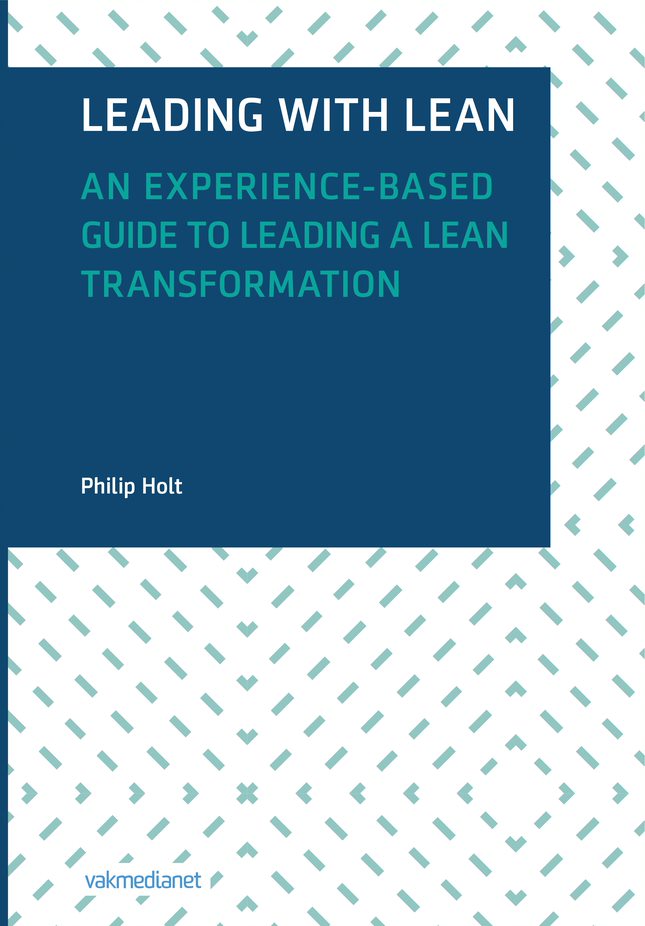
Throughout the Lean Transformation, the lone violinist will need to maintain strong Leadership and to be successful will need to develop a network of Lean Leaders in the organisation, ultimately aiming to make their own role redundant as the leadership style in the business transitions to one that is embedded in Lean Thinking.
There are four interrelated styles of Lean Leadership that will ensure that you are successful in your own, and your coachee’s, transformational leadership:- Leadership Activism: Being an Active Lean Leader, as opposed to an advocate or supporting leader, is critical to success. Anyone can support an initiative for transformation, or advocate it to anyone who will listen, but an activist is in the game, leading through example and action and learning by doing.
- Visible Leadership: Whilst being active in the change, the Lean Leader must also be visible to their teams, running the Kaizen events, coaching and being at the Gemba as often as they can. Planning and communicating from HQ might be comfortable but it will not enthuse the team as it needs to.
- Mosquito Leadership: This form of Lean Leadership is the one that will really infect the organisation and create the viral change that is necessary. The Mosquito Leader will be a form of irritant to the status quo but it is exactly this paradigm-breaking approach that will ensure that the organisation can break the chains of its current culture and make the step change that is necessary.
- Coaching Leadership: The last form of leadership that is required is the one that will engage the Lean Leader most with the organisation. This is the approach that brings them into direct contact with the team members in coaching behavioural change but it is a real challenge, as it requires them to have the patience to ‘stay off the fi eld of play’ as they let the people best able to make the change do it.
All 4 styles are covered within their own chapters of the book and are equally important to success. Nevertheless, they will require signifi cant self-development and a true belief in the journey of transformation.
By: Philip Holt
This article is a part of the book Leading with lean








